Anne Frank And Martin Luther King Jr.
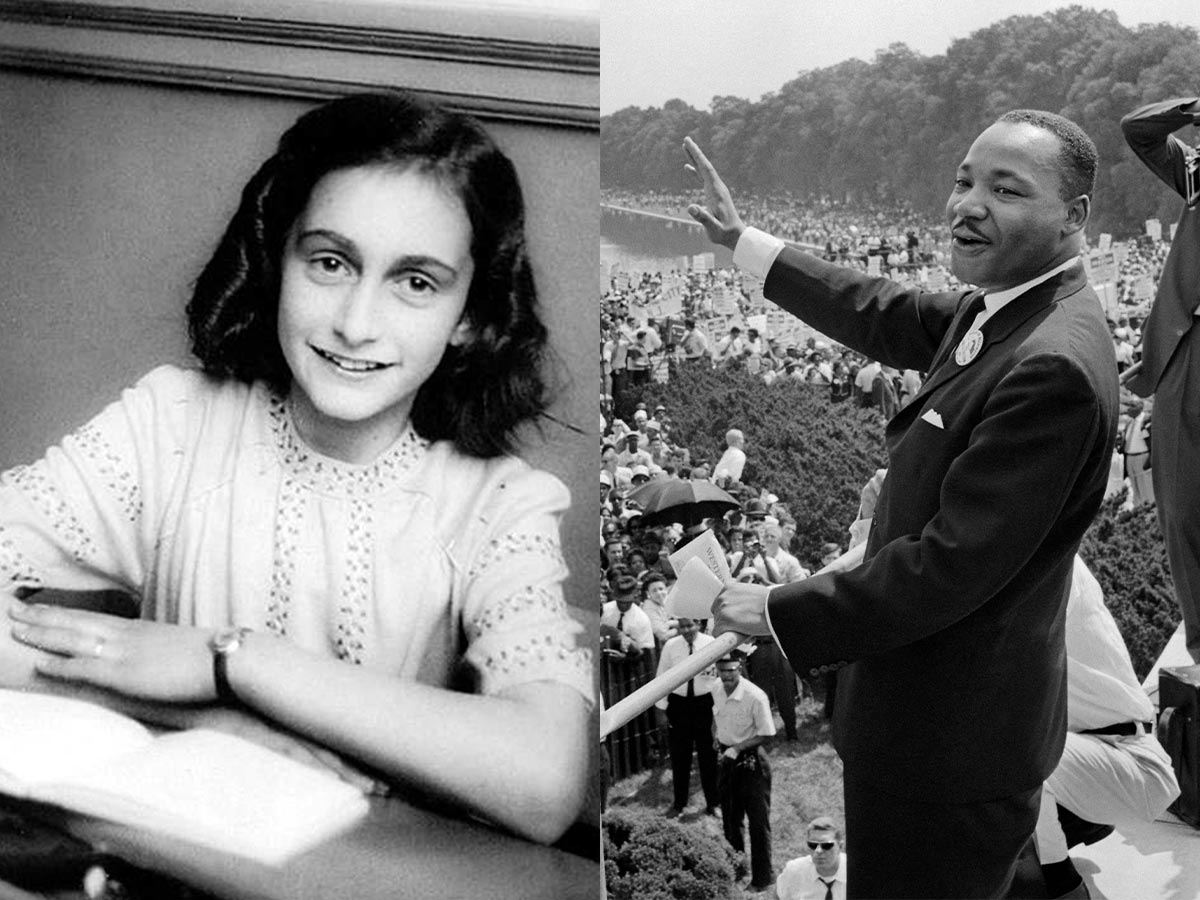
While Anne Frank and Martin Luther King Jr. were both influential historical figures, they feel very separated by their time periods. Except, that’s not the case because they were born the same year.
Martin Luther King Jr. was born January 15, 1929, and Anne Frank was born June 12, 1929. Unfortunately, Frank would pass away in 1945, but her diary would go on to change how people viewed Holocaust victims. MLK Jr. was a civil rights leader who changed race relations in America.
Machu Picchu And the Sistine Chapel
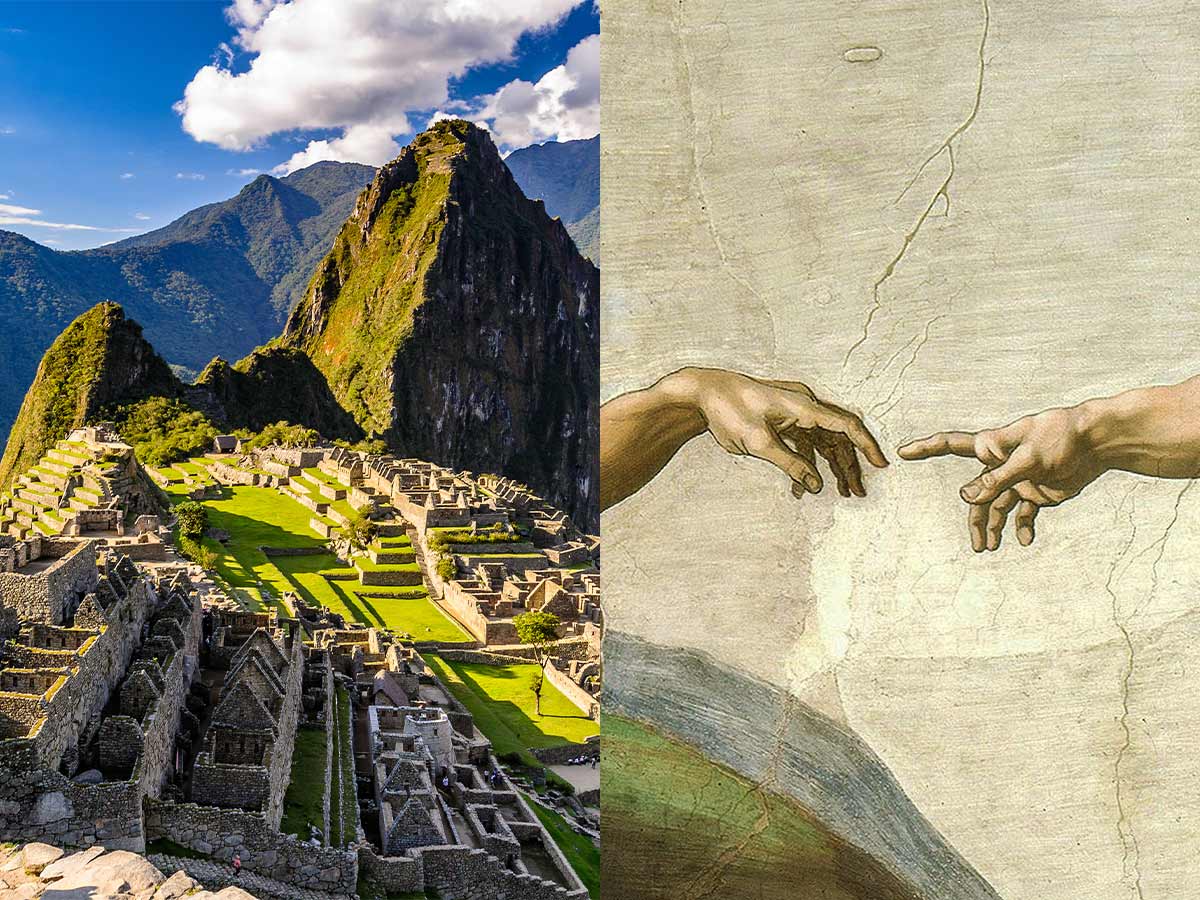
Although they’re both UNESCO World Heritage Sites, Machu Picchu and the Sistine Chapel could look more different. The former is a 15th-century Inca citadel built with stones, and the latter is a chapel in the Vatican City covered with painted Renaissance art.
While they’re aesthetically polar opposites, Machu Picchu and the Sistine Chapel were actually built around the same time. One highlights the work of ancient civilizations, while the other is still used today by the highest leaders in the Catholic Church.
The iPod And Slavery

Technology is supposed to represent how far we’ve come as a society. And yet, the iPod was released six years before the country of Mauritania criminalized slavery.
Mauritania technically banned slavery in 1981, the last country to do so. However, it wasn’t until 2007 that it passed laws to persecute slave owners. So it’s possible citizens could carry an iPod while still owning slaves.
(Tr-909, Public domain, via Wikimedia Commons; Zerophoto/Adobe Stock)
Thomas Edison And the Empire State Building
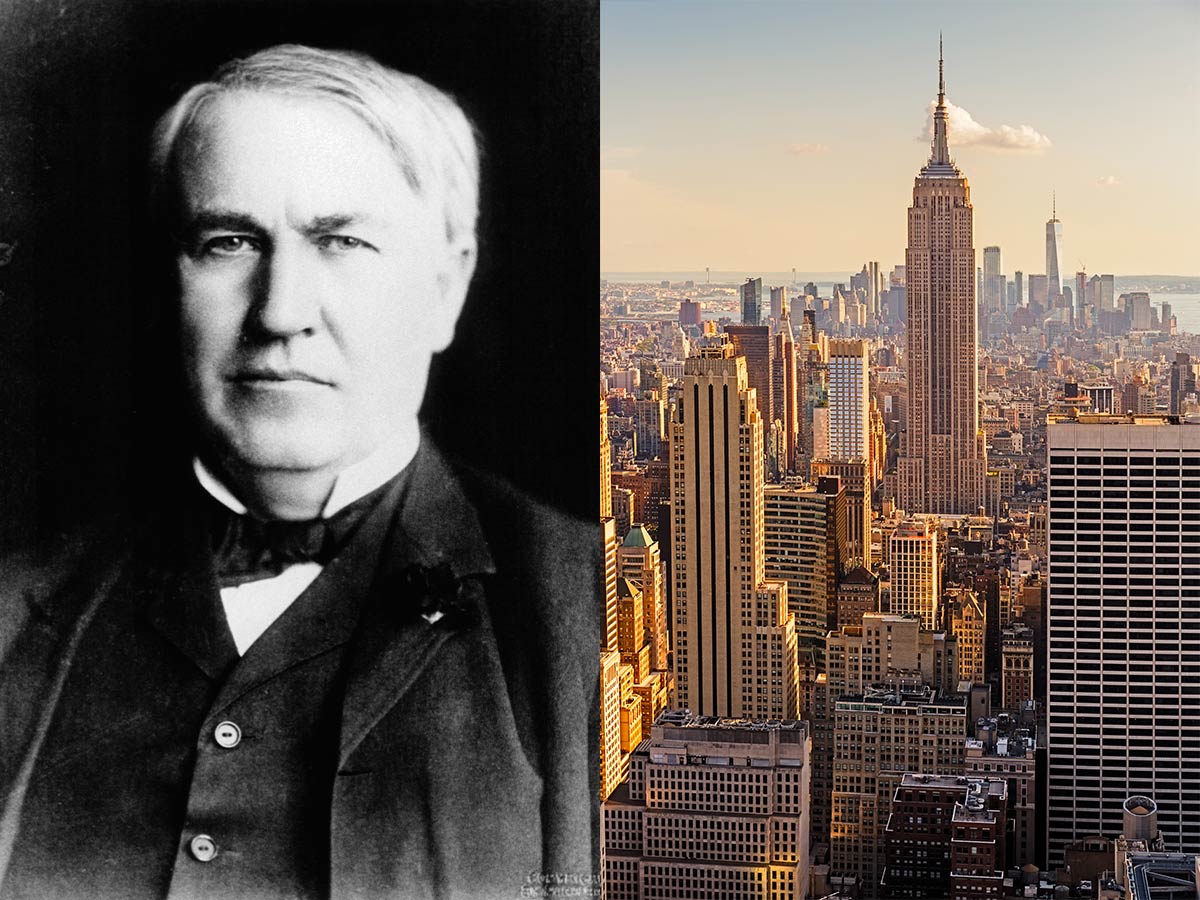
There’s nothing quite like looking up at the Empire State Building at night, seeing it light up the New York City streets. But did you know that the inventor of the lightbulb, Thomas Edison, was alive to see the building light up for the first time.
The Empire State Building officially opened on May 1, 1931 when President Hoover pressed a button from the White House to turn on all the lights. Thomas Edison didn’t die until October 18, 1931.
Space Exploration And Earthquakes

You would think that we as a society would want to figure out everything we have going on here on Earth before venturing into the atmosphere. For some reason, though, that’s just not the case.
We explored space before we understood earthquakes. By the time the plate tectonics theory was accepted and published, it had been a decade since the Soviet Union sent their first artificial satellite to space.
Tiffany & Co. And the Kingdom of Italy

Tiffany & Co. opened its first store in 1837, making it older than the Kingdom of Italy. Italy became a kingdom in 1861 after leaders like Giuseppe Garibaldi united the country. This means Tiffany & Co. was already 24 years old when Italy became a single nation.
Later, in 1946, Italy became a republic after World War II, ending its monarchy. By then, Tiffany & Co. had been around for over a century. It’s amazing to think that a jewelry store in New York is older than modern Italy!
(ajay_suresh/Tiffany & Co - Boxes/CC BY 2.0 DEED/Flickr; Gigillo83, CC BY 3.0, via Wikimedia Commons)
Betty White And Sliced Bread

Betty White was an amazing actress and comedian, but she wasn’t the best thing since sliced bread. Mostly because she is actually older than sliced bread!
Betty White was born January 17, 1922 and sliced bread wasn’t sold for the first time in a bakery until 1928. So maybe sliced bread was the best thing since Betty White!
Apollo 14 And Women's Suffrage in Switzerland

Space exploration might have been progressive for its time, but the rest of the Earth wasn’t. The Apollo 14 crew successfully landed on the moon two days before women got the right to vote in Switzerland in 1971.
It’s crazy to think that while men had the right to go all the way to the moon, some women didn’t still even have the right to vote. It was definitely a year of celebration for people, but for very different reasons depending on your country and gender.
(Edgar D. Mitchell / NASA, Public domain, via Wikimedia Commons; xbrchx/Adobe Stock)
Harvard University And Newton’s Law of Gravity
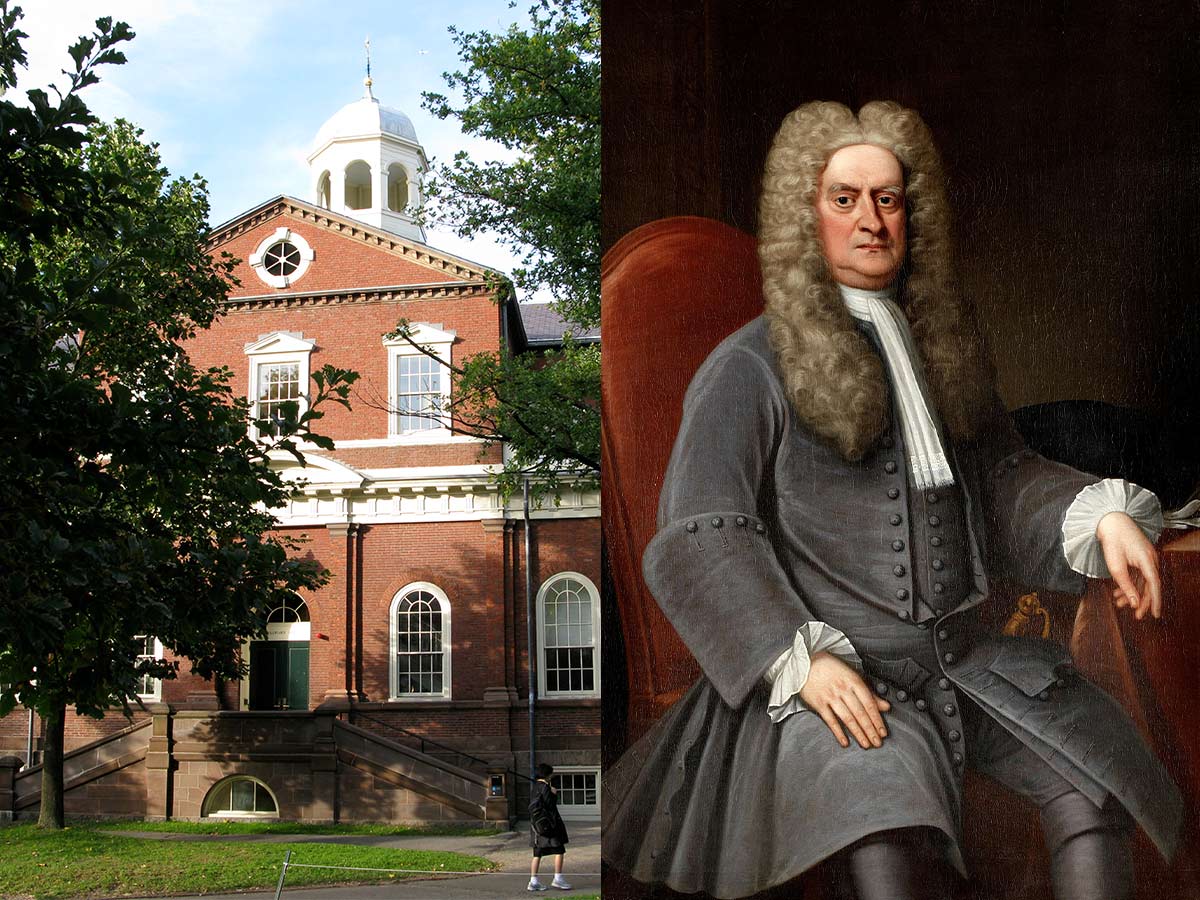
Harvard University was founded in 1636, long before Isaac Newton shared his Law of Gravity in 1687. This means students at Harvard studied without knowing about gravity for over 50 years after the school was established.
Newton’s Law of Gravity explained how objects are pulled toward each other, like how we stay on the ground. It’s surprising to think Harvard, one of the world’s top schools, existed before this important discovery in science!
(Kelly DeLay/Harvard University/CC BY 2.0 DEED/Flickr; attributed to 'English School', Public domain, via Wikimedia Commons)
The Airplane And the Moon Landing

The time jump between humans never having been in the air to being in space was insane. The Wright Brothers invented and successfully flew the first airplane in 1903 and just over sixty years later the Apollo 11 crew landed on the moon.
It’s amazing to think what humans were capable of creating in such a short time span when given the right tools. We went from flying a few feet above the ground to flying out of our atmosphere and into another.
(John T. Daniels, Public domain, via Wikimedia Commons; NASA, Public domain, via Wikimedia Commons)
Harriet Tubman And The Model T Ford
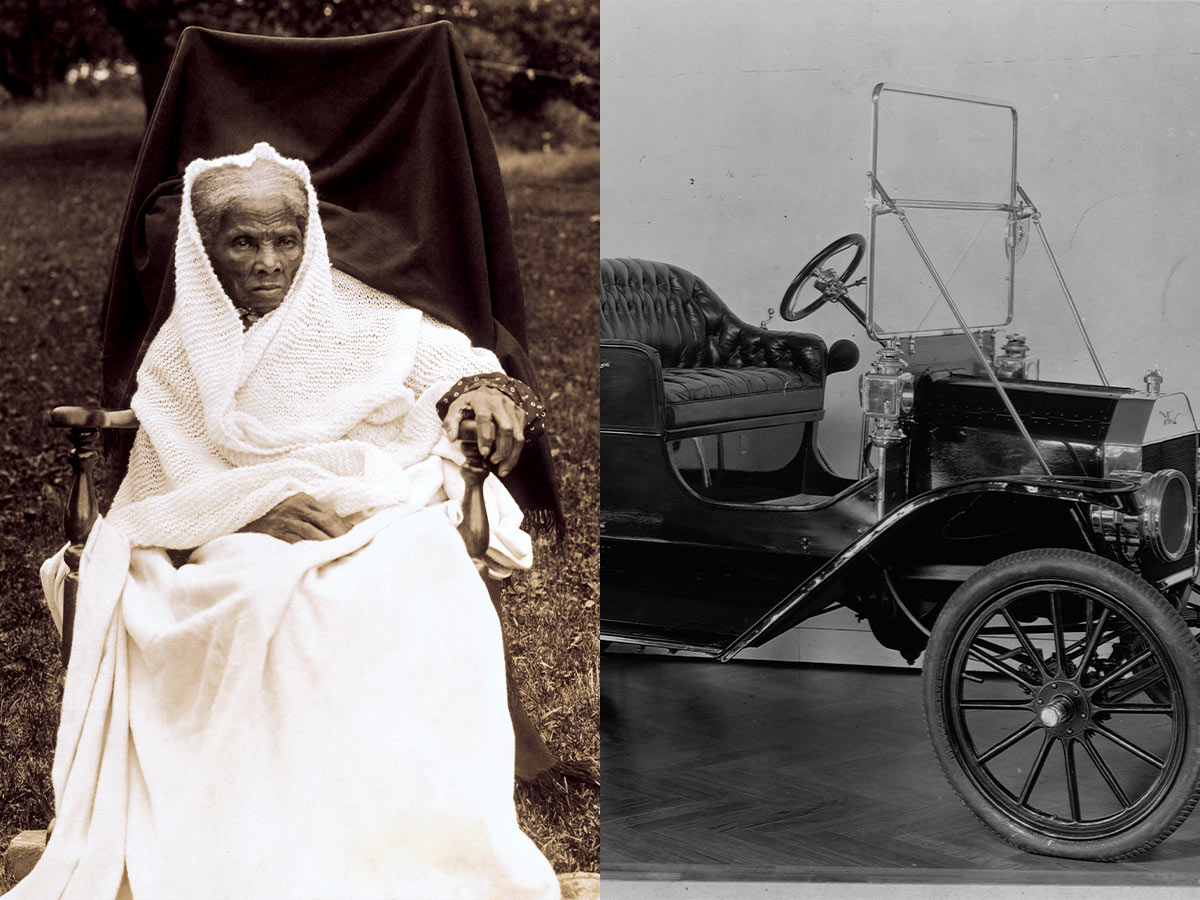
Harriet Tubman's 1911 portrait, captured just two years before her death, offers a striking juxtaposition with the 1908 Model T Ford. It shows how much changed in one lifetime. Born into slavery around 1822, Tubman lived to see the dawn of the automobile age.
After escaping slavery herself, Tubman guided over 70 enslaved people to freedom over the course of about 13 missions. It's amazing to think Tubman saw America go from slavery to the age of automobiles in just 91 years.
Great Pyramid Of Giza And Woolly Mammoths
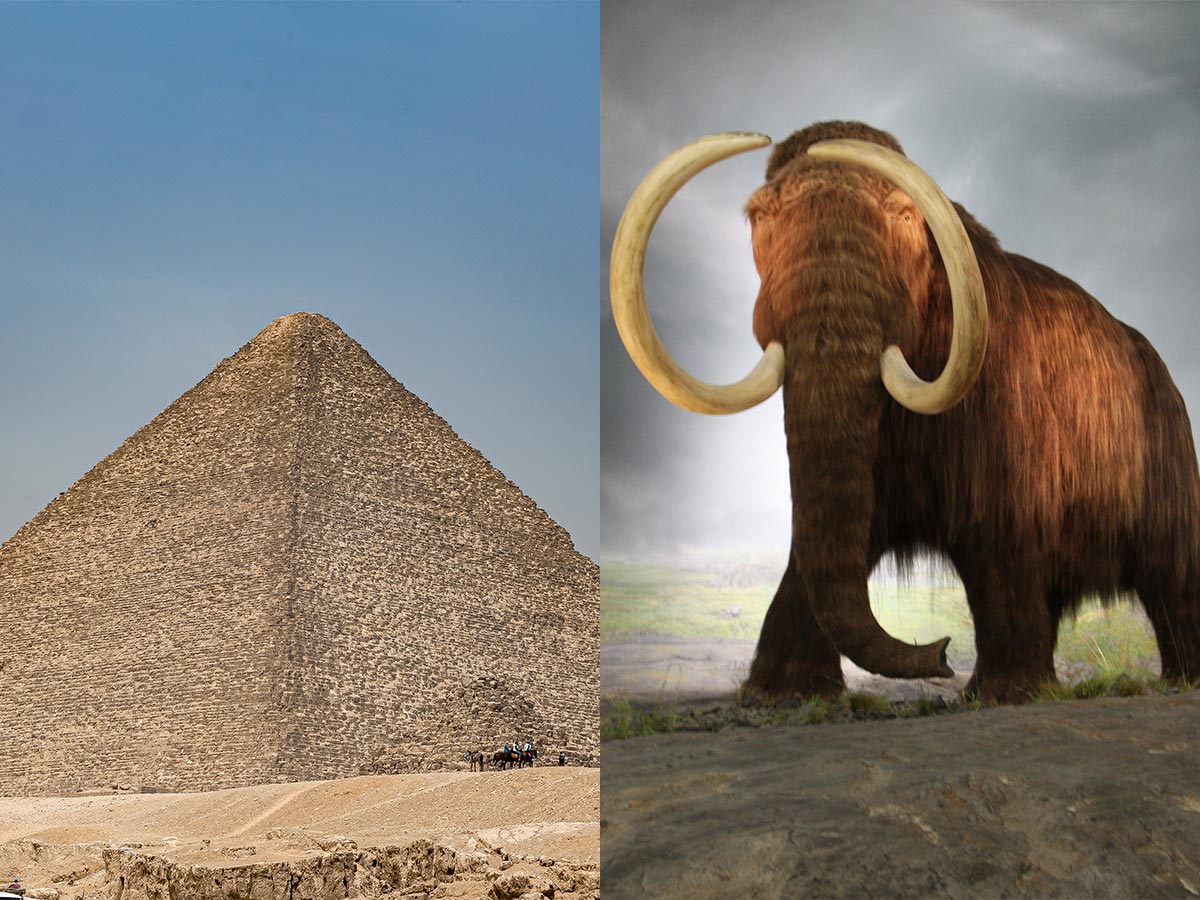
Woolly mammoths and the Great Pyramid existing at the same time is pretty mind-bending. Most people don't associate them with being part of a same era, but, in fact, they were. The pyramids were built around 2560 BCE, but the last mammoths lived until about 1650 BCE.
As ancient Egyptians were building one of history's most famous and enduring structures, these Ice Age animals still roamed the Earth. It's a reminder that history isn't as clear-cut as we often think.
Keith/The Great Pyramid of Giza - Khufu/PDM 1.0 DEED/Flickr; IJReid, CC BY-SA 4.0, via Wikimedia Commons
The Statue Of Liberty
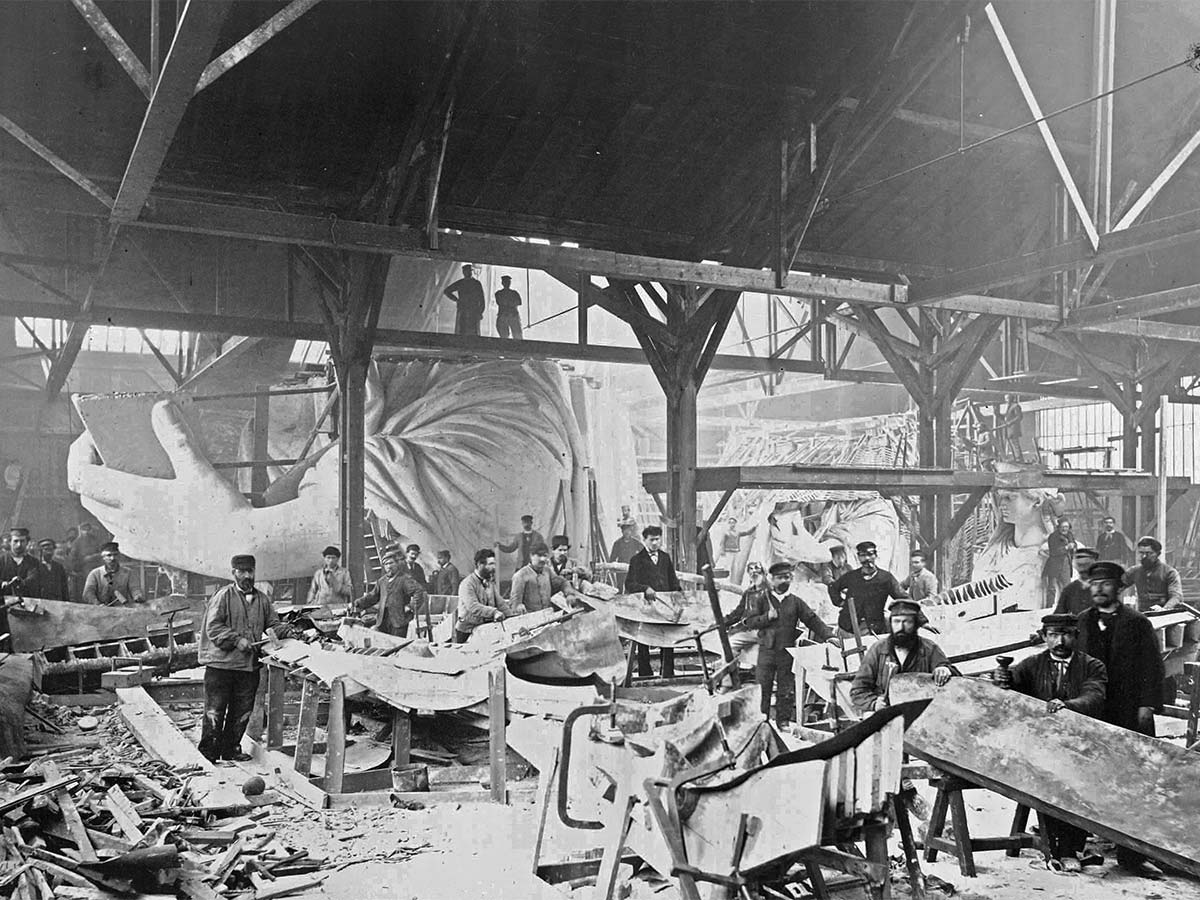
The Statue of Liberty's original copper hue is a far cry from the iconic green we know today. When first erected in 1886, the statue shone like a new penny, its gleaming surface visible for miles. Its current color, caused by oxidation, took about 30 years to develop fully.
Can you imagine if Lady Liberty had stayed her original shade? Would she inspire the same sense of awe? The image of a copper Statue of Liberty reminds us that even the most familiar symbols have hidden histories if you look beyond the surface.
1960's Women's Gym

A 1961 photo of a women's gym captures the evolving landscape of female fitness in the post-war era. It reflects the changing social dynamics of the early 1960s, a time when women were increasingly asserting their independence and challenging traditional gender roles. The gym equipment, while dated by today's standards, represents the growing focus on women's health and physical fitness.
This snapshot provides a glimpse into a pivotal moment in women's history, bridging the conservative 1950s with the forthcoming cultural revolution of the late 1960s. It showcases how women were carving out spaces for themselves, literally and figuratively, in a society on the brink of significant change.
Civil War Veteran And Color TV

The side-by-side image of the last Civil War veteran, Albert Woolson, who died in 1956, with an early color TV set is a powerful reminder of the rapid technological advancements of the 20th century. Woolson, born in 1850, lived through the transition from horse-drawn carriages to automobiles, from telegraphs to telephones, and from black-and-white photography to color television.
This image encapsulates a century of progress, showing how one person's lifetime can span vastly different eras. It's hard to wrap your mind around the extraordinary changes a single generation can witness.
Queen Elizabeth II And Marilyn Monroe
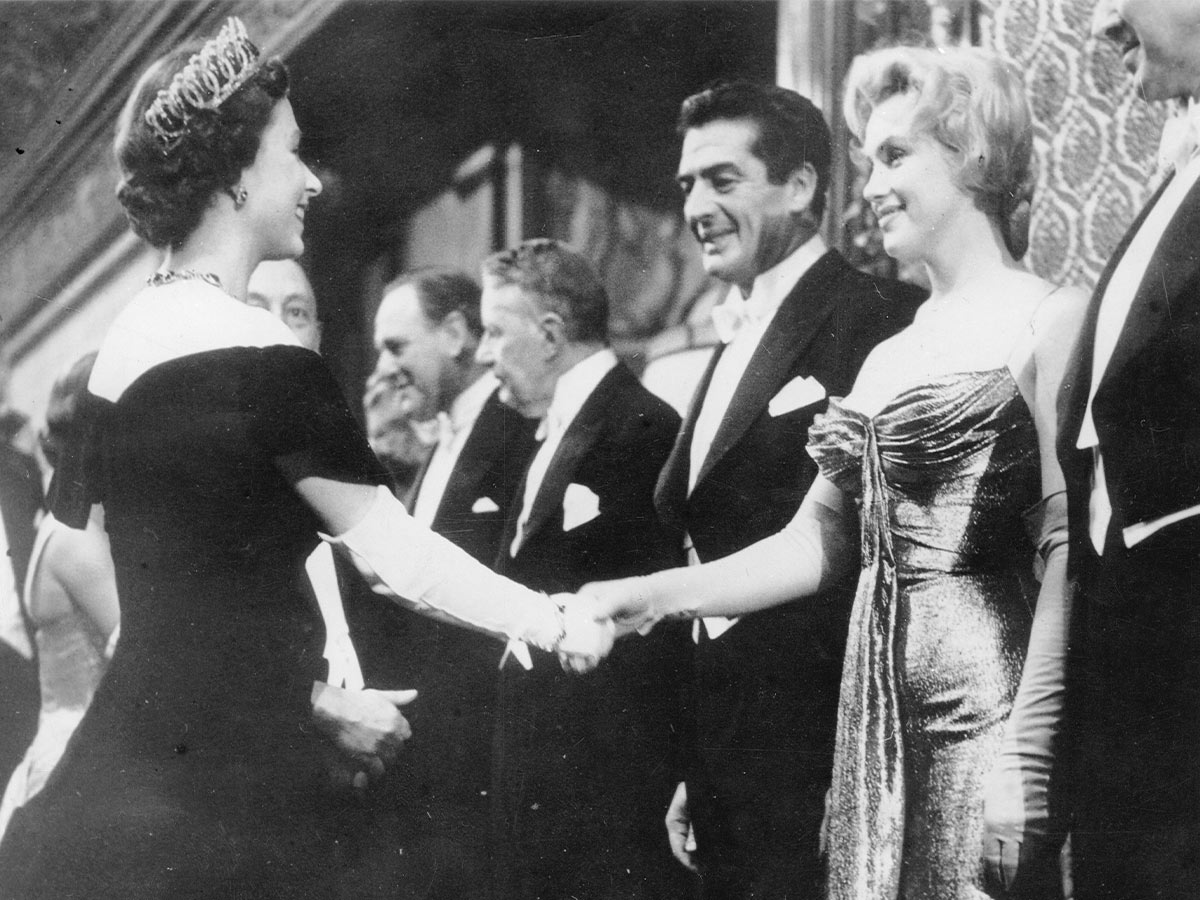
Queen Elizabeth II and Marilyn Monroe were born just two months apart in 1926, but their lives couldn't have been more different. While Elizabeth was groomed for a life of royal duty, Monroe rose from obscurity to become a Hollywood icon. Their paths reflect the diverse opportunities and challenges of the 20th century.
Elizabeth's life was defined by tradition and service, while Monroe's embodied the allure and pitfalls of fame. Despite their differences, both women became enduring symbols, leaving indelible marks on popular culture and history.
First Computer Vs. Smartphone

The contrast between ENIAC, the room-sized first general-purpose electronic computer, and a modern smartphone shows the breathtaking pace of technological advancement. ENIAC, completed in 1945, weighed 30 tons and used 17,468 vacuum tubes to perform calculations. Today's smartphones, millions of times more powerful, fit in our pockets.
This comparison not only highlights the rapid miniaturization and exponential increase in computing power but also the democratization of technology. What was once reserved for government research labs is now accessible to billions worldwide, reshaping how we live, work, and communicate.
The Colosseum And Chichen Itza
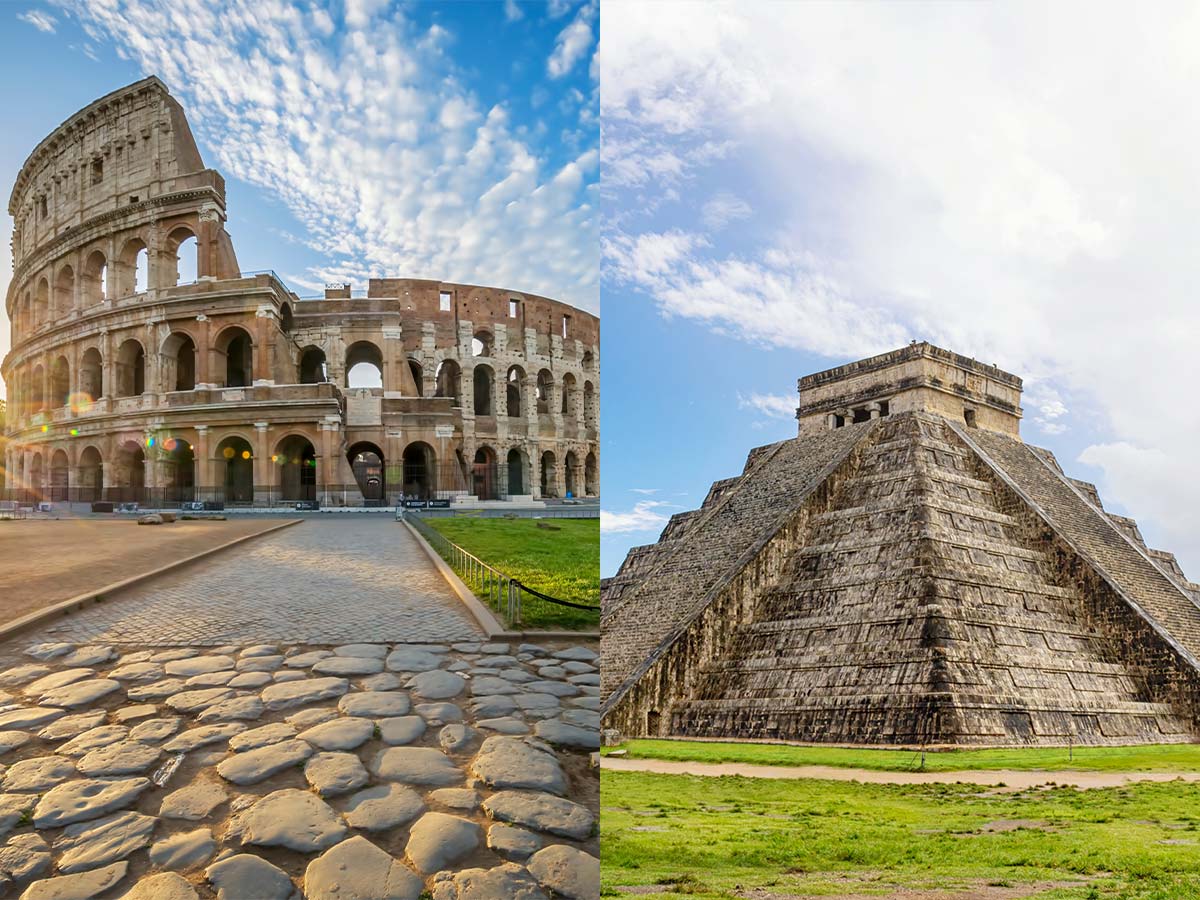
The Colosseum in Rome and Chichen Itza in Mexico, both architectural were built around 80 CE, challenging the notion that Europe was the only civilization building big structures then. While Rome was constructing its iconic amphitheater, the Maya were erecting their grand pyramid in the Yucatán Peninsula.
This simultaneous development of monumental architecture across continents shows human ingenuity and the drive to create lasting structures were not limited to any one culture or region. History is a tapestry of parallel achievements!
Little Ice Age
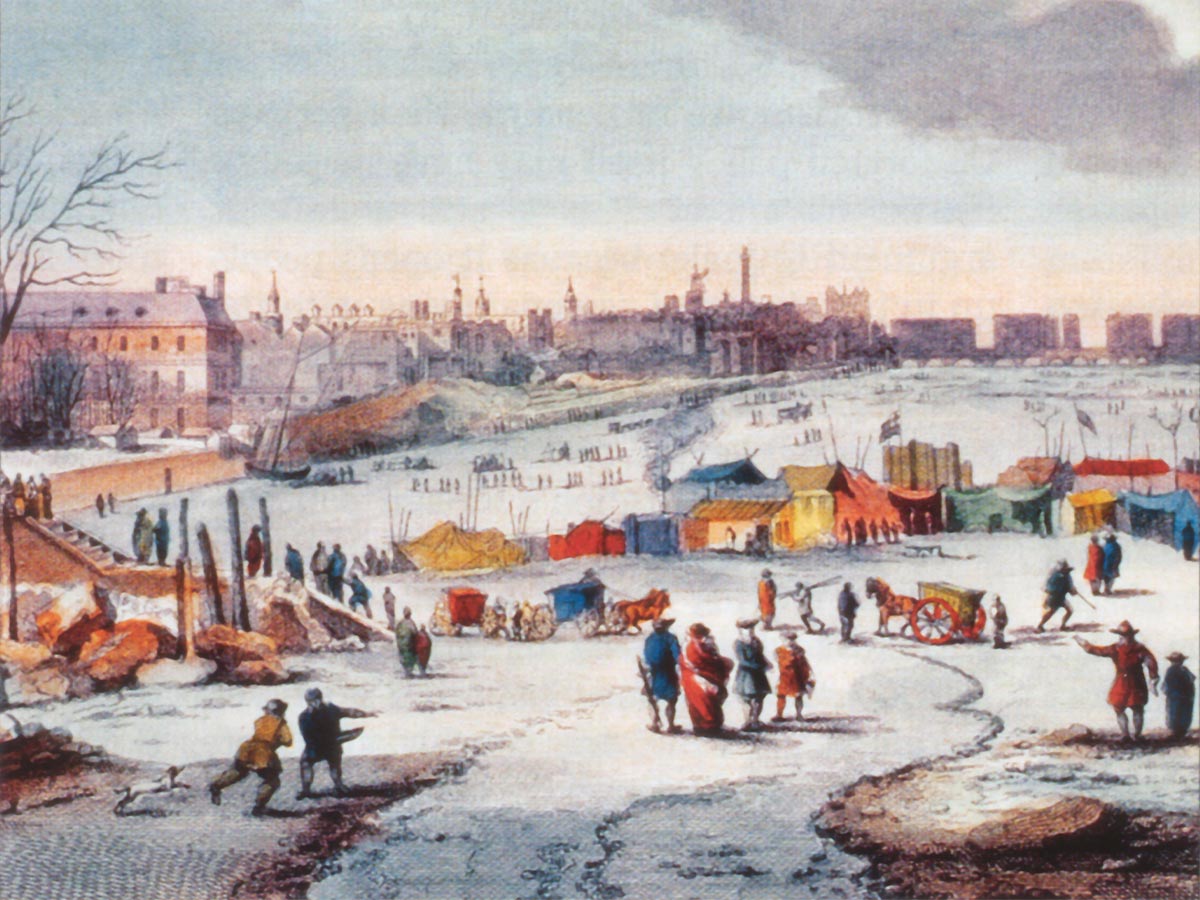
The image of Londoners ice skating on the frozen Thames during the Little Ice Age offers a glimpse into a climate vastly different from today's. From the 14th to the 19th centuries, Europe experienced notably colder temperatures, with the Thames freezing over multiple times. These "frost fairs" became popular social events, complete with markets and entertainment on the ice.
It actually looks like a good time! But alas, we are no longer in the Little Ice Age. This scene, so alien to modern Londoners, makes us consider how environmental changes can profoundly impact daily life and culture.
Oxford University And Aztec Ruins

If you had to decide which was older, would you say Oxford University or the Aztec Empire? The juxtaposition of Oxford University, founded in 1096, with Aztec ruins truly emphasizes the relativity of "ancient" history. While Oxford was already a center of learning, the Aztec civilization was yet to rise to prominence!
While Oxford was establishing an institution that still exists today, the Aztecs were on the brink of building an empire that would shape continents. This perspective makes us take a step back and reexamine what we think we know about history and timelines.
Image via Adobe; Ken Lund/Aztec Ruins National Monument, Aztec, New Mexico/CC BY-SA 2.0 DEED/Flickr
Robert Todd Lincoln, William Taft, And Warren Harding
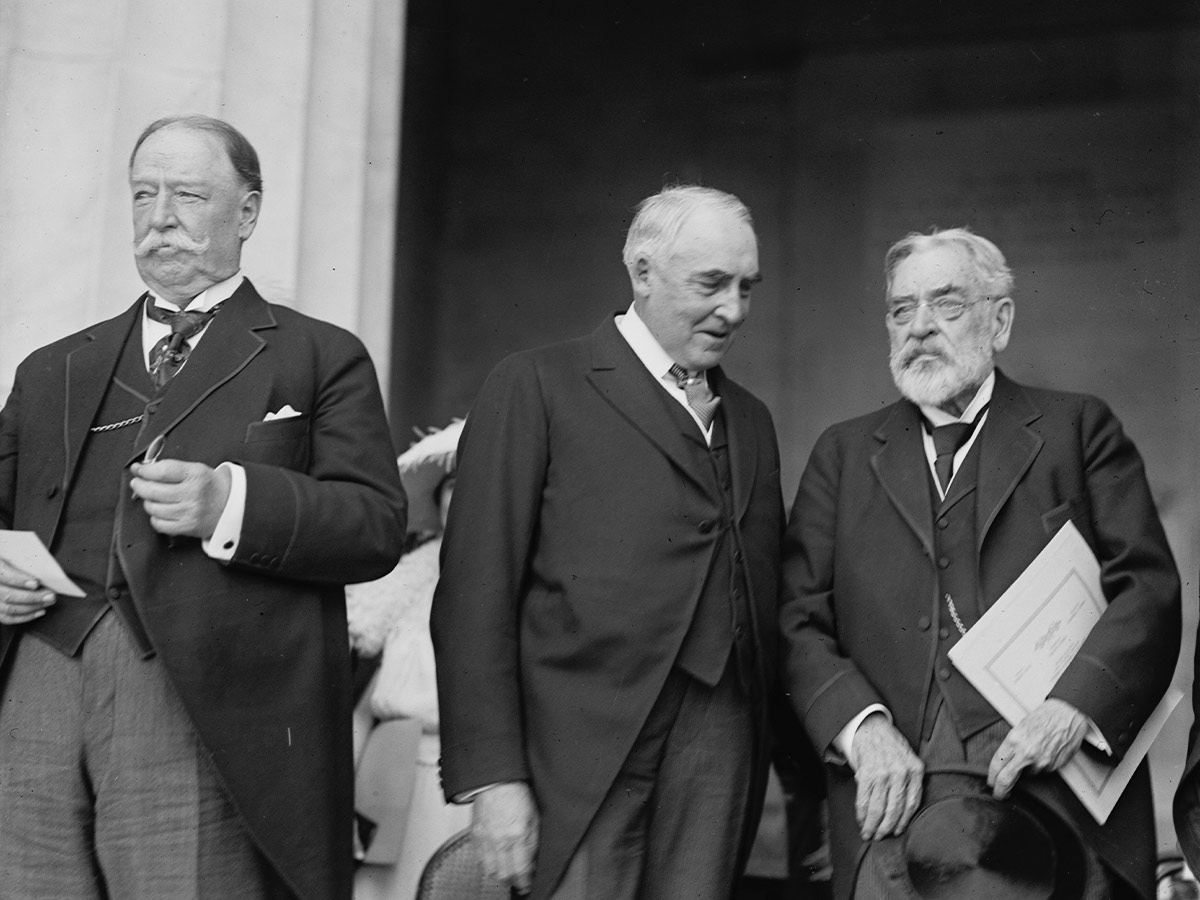
The 1922 photograph of Robert Todd Lincoln alongside Presidents William Taft and Warren Harding bridges two distinct eras of American history. As Abraham Lincoln's only surviving son, Robert Todd Lincoln's presence connects the Civil War period with the early 20th century. His long life (1843-1926) spanned from the age of slavery to the Jazz Age.
This image showcases the rapid evolution of American society, from a nation divided by civil war to a global power. It's amazing to think that someone who knew Abraham Lincoln was alive when cars and movies were becoming popular! It shows how quickly history unfolds and how the past can literally stand alongside the present.
Last Samurai And Early 20th-Century Industrialization

The image of Japan's last samurai juxtaposed with early 20th-century industrialization captures a pivotal moment in the nation's history. As Japan rapidly modernized during the Meiji Restoration, the samurai class, once the backbone of feudal Japan, found themselves obsolete. (If you haven't watched The Last Samurai, check it out!)
This visual contrast embodies the tension between tradition and progress, illustrating how quickly a society can transform. Modernization often comes at the cost of cultural heritage, raising questions about the balance between preservation and advancement that many societies grapple with even today.
C. Nakagawa (from signature), Public domain, via Wikimedia Commons; Adobe
World War I And Disneyland
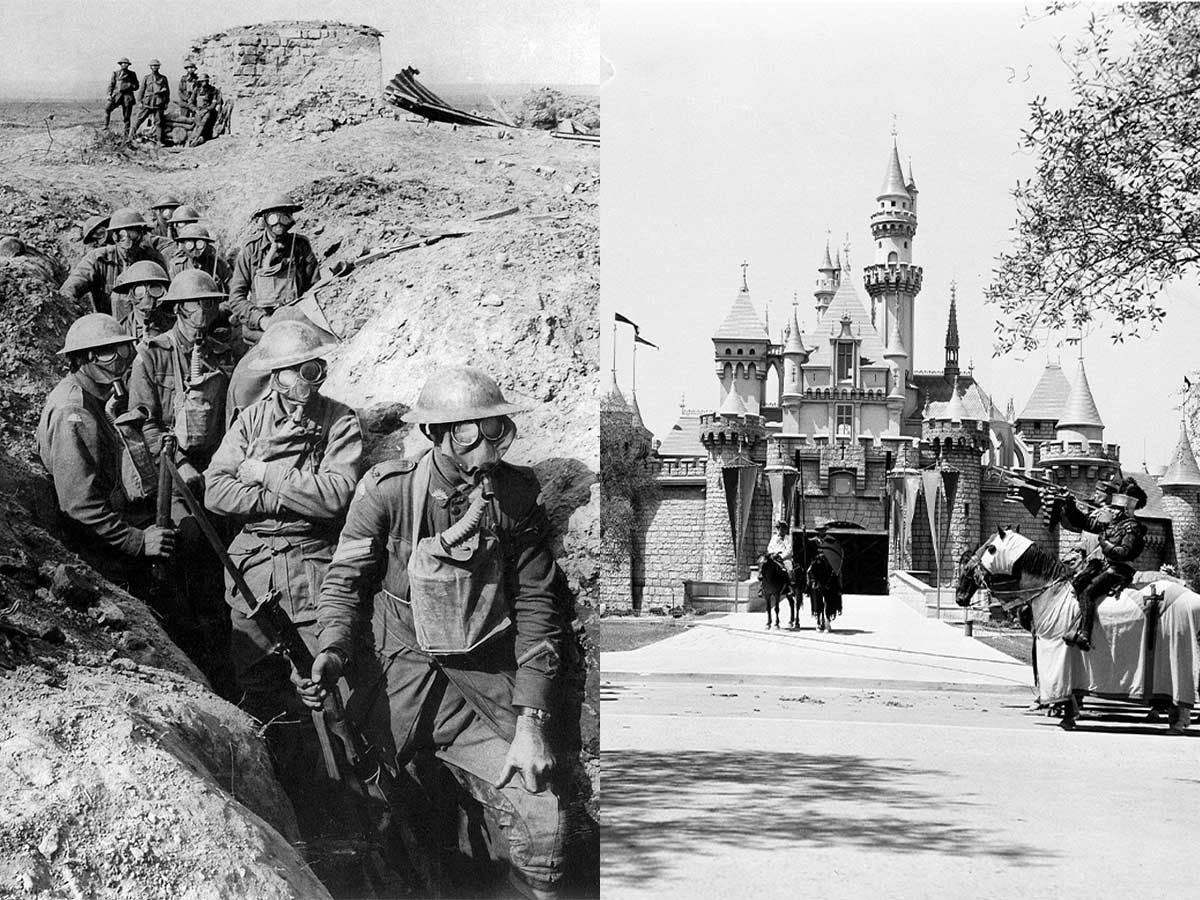
The stark contrast between a World War I battlefield and the opening of Disneyland in 1955 embodies the dramatic shift in American society within just four decades. From the muddy trenches and devastating warfare to the colorful, optimistic world of Disney, it highlights the nation's journey from global conflict to post-war prosperity.
In just 40 years, the country went from fighting a brutal war to building the "happiest place on Earth." It is a reminder of how quickly societal focus can shift, from survival and sacrifice to leisure and entertainment.
First Photo vs. Painting

The comparison of the first photograph, taken by Joseph Nicéphore Niépce in 1826, with a painting from the same year, marks a pivotal moment in visual representation. Niépce's grainy, indistinct image of a view from his window in France stands in stark contrast to the detailed, idealized paintings of the time.
This comparison not only shows the infancy of photography but also foreshadows its eventual impact on art and documentation. The birth of photography would go on to revolutionize how we capture and perceive reality, challenging the dominance of painting and ushering in a new era of visual culture.
Joseph Nicéphore Niépce, Public domain, via Wikimedia Commons; Thomas Lawrence, Public domain, via Wikimedia Commons
Last Born In 1700s And Wright Brothers' First Flight
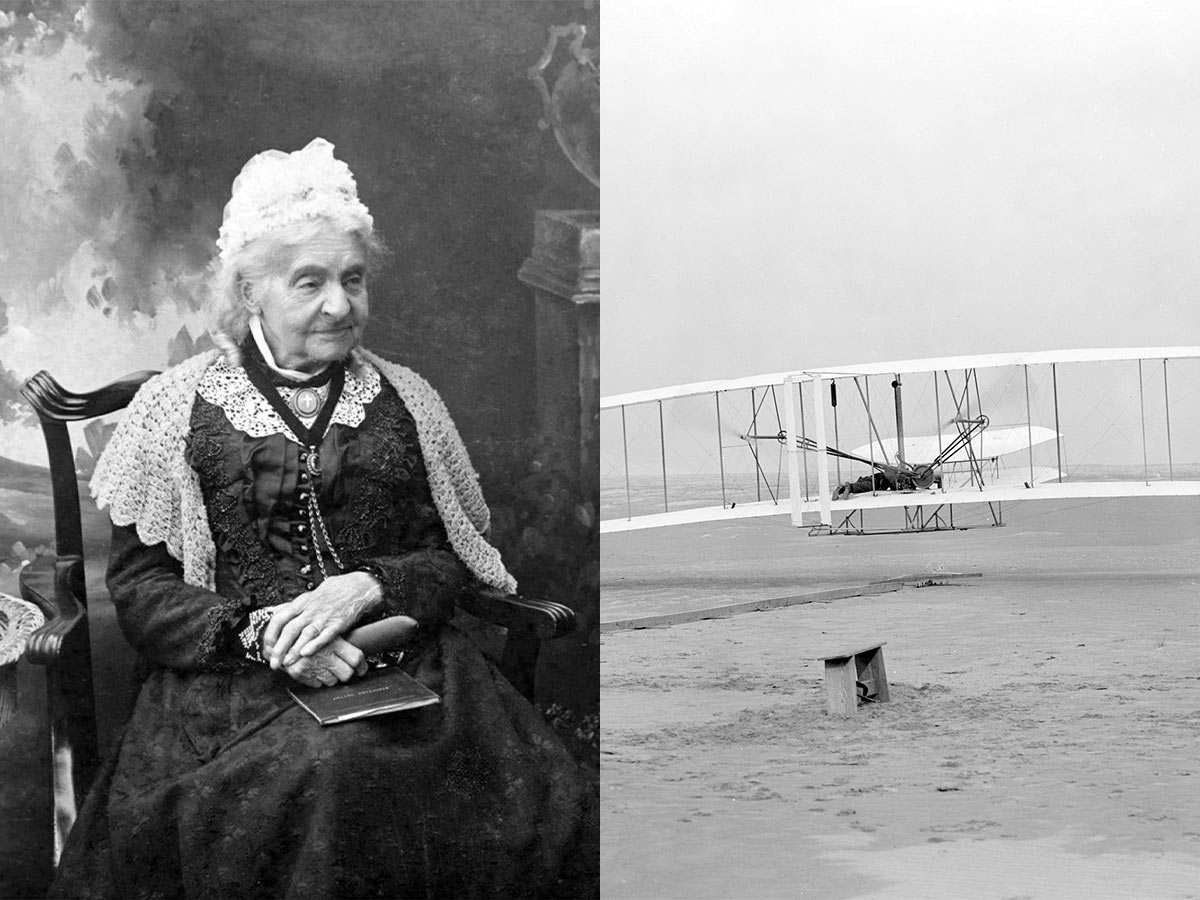
This image pairing shows the last person born in the 1700s and the Wright brothers' first flight in 1903. This centenarian, born in a world of horse-drawn carriages and candlelight, lived to see humans take to the skies.
The Wright brothers' achievement, occurring just months before this person's death, symbolizes the dawn of a new era of human mobility and exploration. A lot can change within a single lifetime!
Thomas Alfred Grut (1852-1933), Public domain, via Wikimedia Commons; John T. Daniels, Public domain, via Wikimedia Commons
Parthenon And Angkor Wat

The Parthenon in Athens and Angkor Wat in Cambodia, often lumped together as "ancient" structures, were actually built over 1,500 years apart. The Parthenon, completed around 438 BCE, stands as a testament to Classical Greek civilization. Angkor Wat, constructed in the 12th century CE, represents the pinnacle of Khmer architecture.
This vast time difference reminds us that "ancient" can mean very different things. Though they're both extremely old, these large structures were made at significantly different points on the timeline.
Cleopatra And The Great Pyramid

The image comparing Cleopatra's era to the building of the Great Pyramid of Giza provides a staggering perspective on ancient Egyptian history. Cleopatra lived around 30 BCE, while the Great Pyramid was completed around 2560 BCE. This means Cleopatra was closer in time to the moon landing than to the pyramid's construction.
This vast expanse of time challenges our condensed view of ancient history and really emphasizes the longevity of Egyptian civilization. "Ancient" is a relative term, and the span of human achievement is far greater than we often imagine.
Louis le Grand, Public domain, via Wikimedia Commons; Adobe
Vikings And Notre Dame Cathedral

Would you believe that Vikings were sailing the seas while Quasimodo swung from the Notre Dame Cathedral bells? While Vikings are often associated with an earlier, more "barbaric" age, their era overlapped with the construction of one of Europe's most iconic Gothic cathedrals.
Notre Dame's construction began in 1163, when Viking influence was still present in parts of Europe. In Medieval Europe, different cultures and levels of technological advancement coexisted. History is not a neat progression, but layers of overlapping eras and influences.
Image via Adobe; Antonin Subtil, CC BY-SA 4.0, via Wikimedia Commons
Soviet Censorship
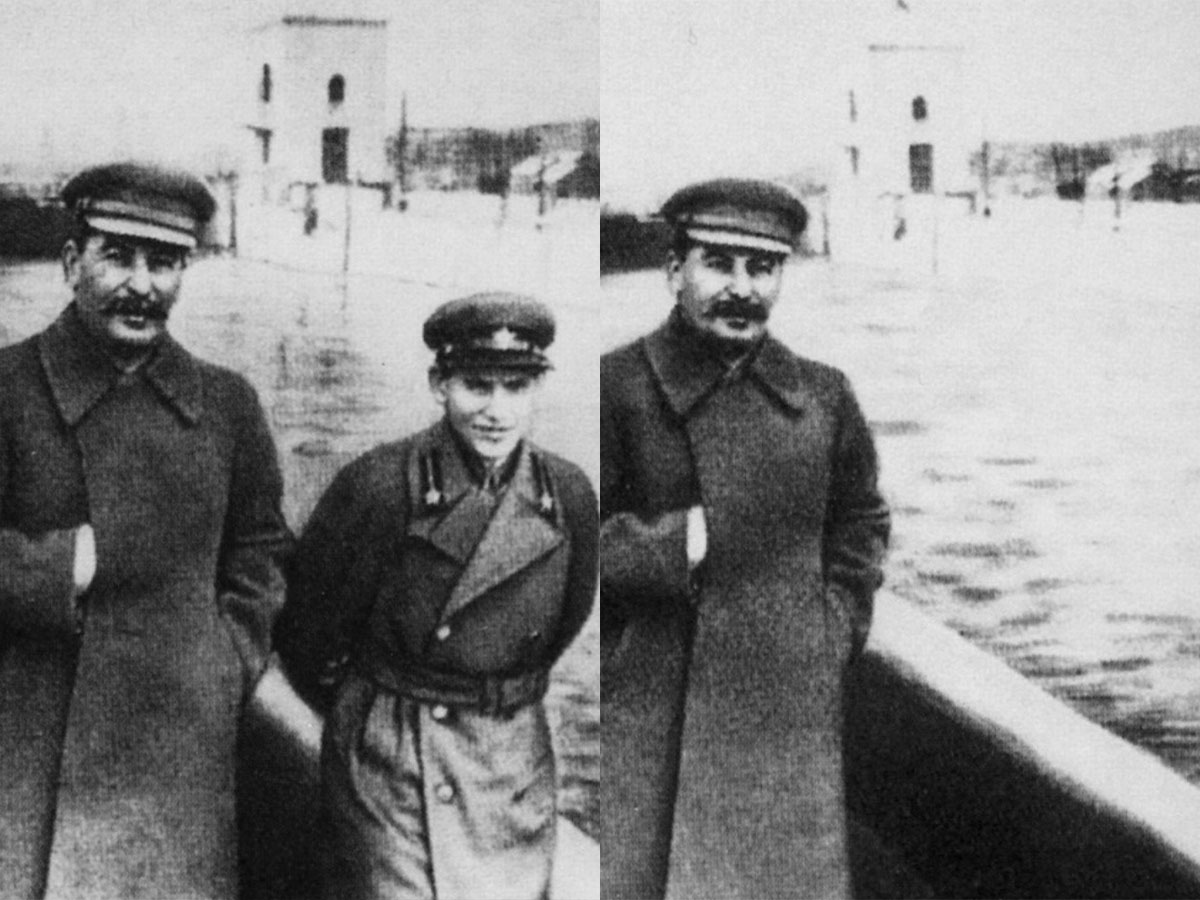
The before-and-after photos demonstrating Soviet censorship offer a chilling glimpse into the power of historical revisionism. Figures like Leon Trotsky or Nikolai Yezhov, once prominent in Soviet leadership, were literally erased from official photographs after falling out of favor.
This visual manipulation served to rewrite history, erasing the existence of those deemed enemies of the state. These doctored images are stark reminders of the fragility of historical record and the extent to which authoritarian regimes will go to control narrative.
https://ww2db.com/image.php?image_id=10792, Public domain, via Wikimedia Commons; https://ww2db.com/image.php?image_id=10792, Public domain, via Wikimedia Commons
Medieval Brewsters Into "Witches"
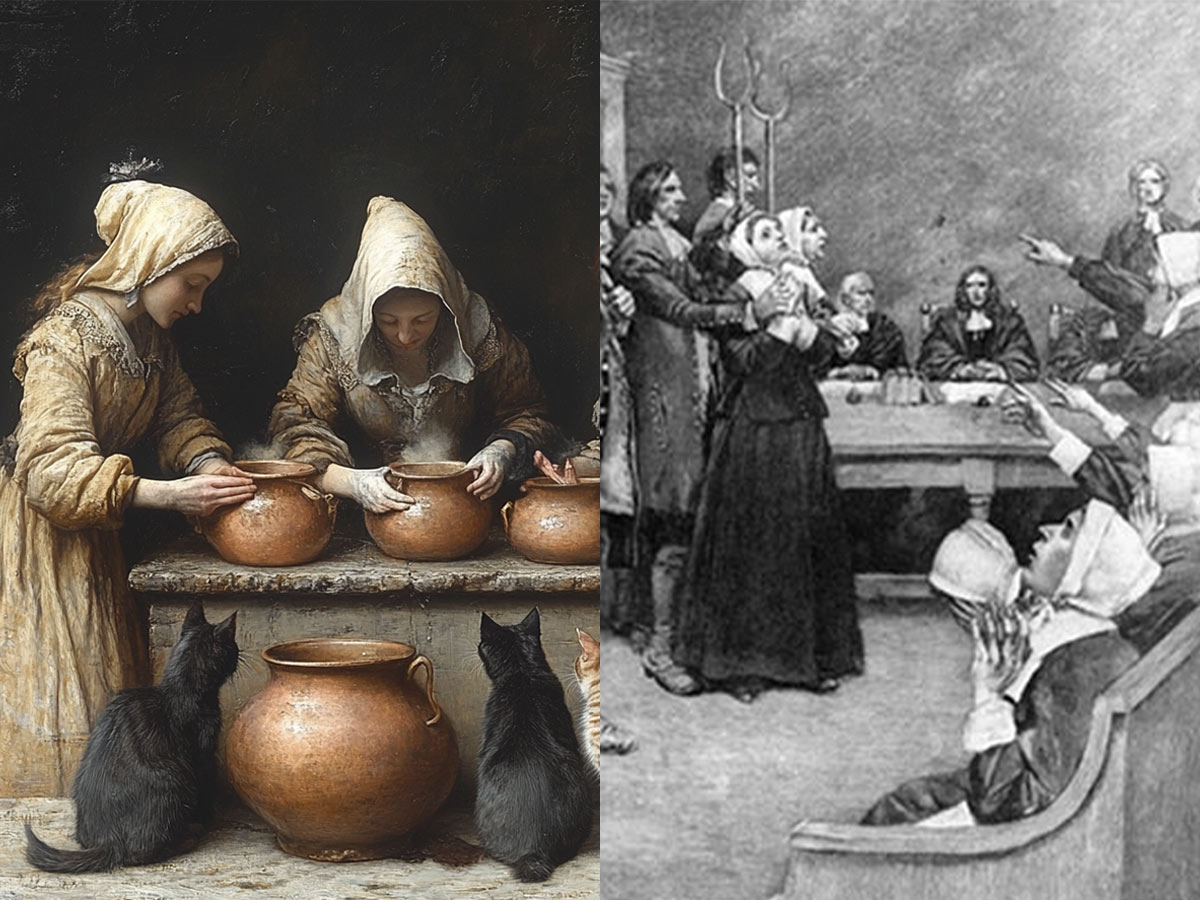
The transformation of medieval brewsters into "witches" is a fascinating example of how societal perceptions can dramatically shift. In medieval times, brewing was primarily women's work, often done at home with cats to keep mice away from the grain. However, as brewing became more commercialized and male-dominated, these women found themselves pushed out of the industry.
Their traditional tools—cauldrons, brooms, and cats—became associated with witchcraft. This shift illustrates how economic changes can lead to social stigmatization. It tells us to look deeper into the origins of cultural stereotypes and the often-overlooked role of women in economic history.
Minimum Wage Through The Years

The graphic contrasting minimum wage over time with its inflation-adjusted value provides a sobering look at economic reality versus perception. While the nominal value of minimum wage has increased over the years, its purchasing power has often declined when adjusted for inflation.
This visual representation challenges the notion of progress in worker compensation. What is the true meaning of a "living wage"? This comparison serves as a powerful tool for understanding economic history and the ongoing debates about fair compensation.
 Author
Ron Winkler
Last Updated: November 23, 2025
Author
Ron Winkler
Last Updated: November 23, 2025